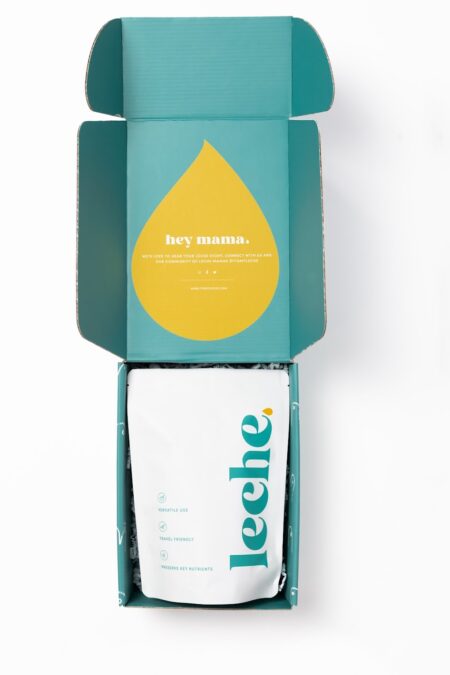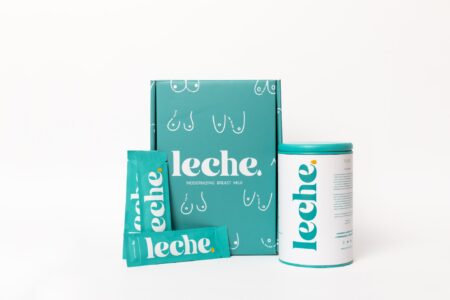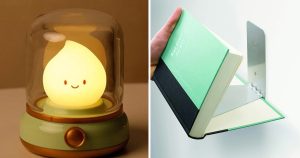Is your baby rejecting your refrigerated or frozen breast milk? It could be high lipase
Picture this: You’ve stored some precious liquid gold in the fridge or freezer for your little one and prep a bottle, only to find out they refuse it with a look of disgust on their cute little face. Take a deep breath, mama. There’s nothing wrong with your milk—in fact, it’s nutritionally perfect for your baby and tailored to their needs. So why the outright refusal? Sometimes, the fat in breast milk breaks down too quickly due to an enzyme called lipase, which can cause a funky soapy smell and taste that can cause a baby to turn up their tiny nose. High lipase breast milk may be to blame for your baby flat-out rejecting the milk they otherwise gobbled down last week.
Here’s what to know about high-lipase breast milk, and what you can do about it to ensure you don’t waste your stash.
What is lipase?
Lipase is a naturally occurring enzyme that breaks down fats in breast milk so that it is easy to digest for our little ones. When lipase is overactive, as in the case of high lipase breast milk, it can cause some unexpected smells or tastes that are more pronounced in refrigerated or frozen breast milk. Essentially, the breast milk might start to smell soapy, which is why your baby may suddenly reject it.
What causes high lipase breast milk?
It’s unclear why some women have high lipase breast milk, and not much is known about how commonly this occurs. But it’s important to reiterate that the milk is safe and healthy and can still be offered to your infant. The only difference is in its taste and smell, which some babies might notice, leading them to refuse bottles, while others may not. There is no evidence to suggest that high lipase milk causes any digestive issues in babies.
That said, it’s important to differentiate between high lipase milk and spoiled milk. Spoiled milk will have a distinctly sour and unpleasant smell, unlike the specific aromas associated with high lipase, which are metallic, soapy, or fishy.
Here’s what to know about high lipase breast milk and some possible solutions for when your infant rejects the bottle.
What to do about high lipase breast milk
Scald the milk
Scalding, which involves heating the milk to a temperature just below boiling, can inactivate the lipase enzyme without significantly compromising the nutritional value of the milk. To do this, heat the milk until tiny bubbles form around the edges (about 180°F or 82°C), then quickly cool it down and store it. Remember, this method might slightly alter some of the milk’s immune properties, but it’s often preferable to milk that the baby refuses to drink due to taste changes.
Mix in 50% fresh breast milk or formula
Another strategy to manage high lipase breast milk is to mix it with fresh breast milk or formula. This can help mask the altered taste caused by the high lipase activity. Mixing equal parts of freshly pumped breast milk or prepared formula with the affected milk can make it more palatable for the baby. This method allows you to still utilize the expressed milk, ensuring your baby benefits from its nutritional value while also addressing taste issues.
Deep-freeze the milk immediately after pumping
Because lipase activity can develop the longer the milk sits, it’s important to be mindful of how long your milk is stored before use. Deep-freezing breast milk immediately after pumping can slow down the activity of lipase and prevent the development of the off-taste associated with this enzyme. The colder temperature of a deep freezer, as opposed to a regular freezer, is more effective in preserving the taste and quality of the milk.
Freeze-dry your breast milk
Freeze-drying breast milk is a good option for mothers with high lipase because it effectively preserves the milk’s nutritional quality, but removing the water in the sublimation process reduces the activity of the lipase enzyme, making the breast milk taste and smell much milder.
Proper storage techniques are key in preserving breast milk quality. Freezing the milk immediately after expression is a commonly used method to try and reduce the lipase content. Whether you are bagging milk and freezing it right away or using the pitcher method, the guidelines remain the same.
Freshly pumped milk needs to be used or frozen within 4 days. Once frozen, milk should be used optimally by 6 months but can go as long as 12 months. Studies have shown that frozen food (breast milk included) begins to nutritionally decline in the freezer at 4 months, which is why freeze drying can be a great longer term storage solution for moms building a freezer stash.
Because freeze drying better preserves the nutrients in breast milk for 3 years or more and is more accessible than ever, more parents and caregivers trust this option to help preserve their liquid gold for years to come.
A note on high lipase breast milk
Dealing with high lipase breast milk might seem overwhelming, but with these tips, you can make sure your baby is getting the milk they need without wasting this precious resource. Remember, reach out for help from a lactation consultant if you have questions—you’re not alone on this journey.







